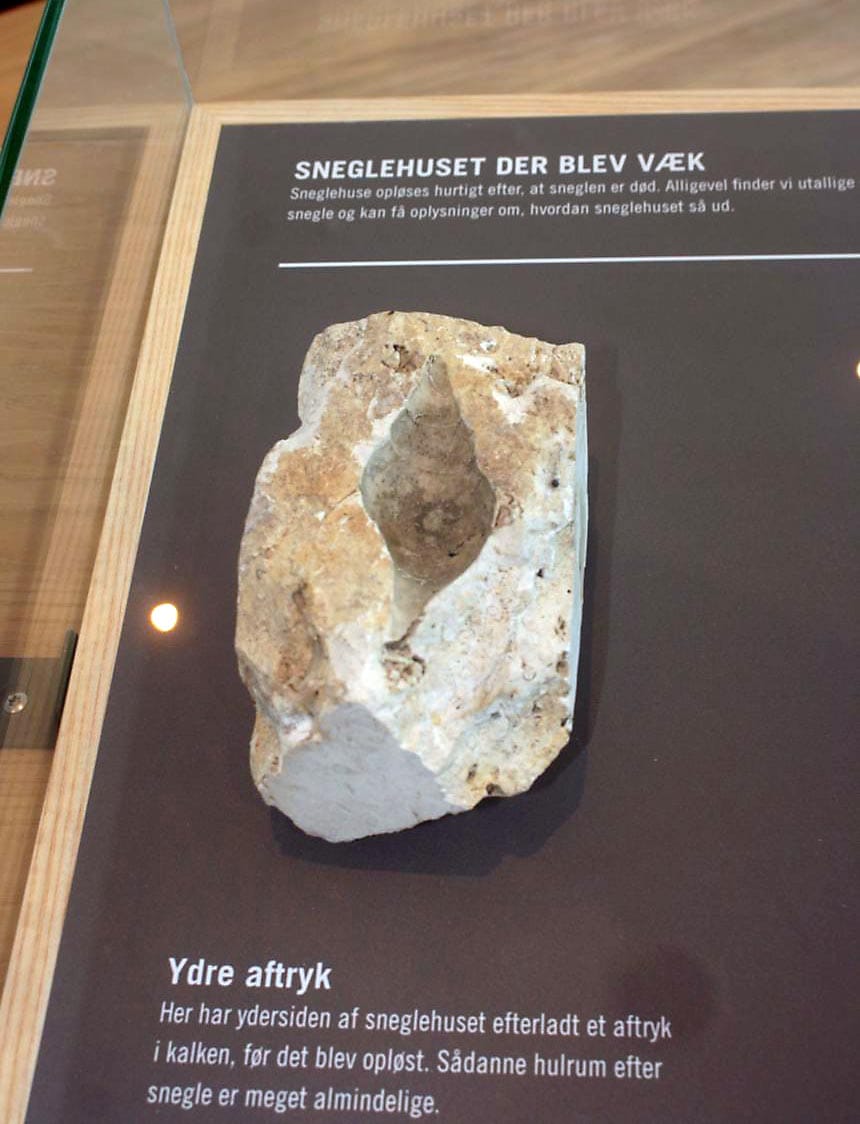A remarkable paleontological discovery has emerged from Denmark, shedding light on the lives of creatures that roamed the Earth during the late Cretaceous period, some 66 million years ago. The discovery involves a fossilized specimen of vomit, a rare find that holds immense scientific value. This exceptional preservation offers a unique window into the diet and environment of prehistoric animals from that era. The specimen was unearthed during a routine geological survey in a region known for its rich fossil record. Initial analysis indicates that the vomit, which is remarkably well-preserved given its age, contains fragments of bone, scales, and other organic materials. Scientists are currently employing advanced imaging techniques, including X-ray micro-computed tomography (micro-CT) scans, to meticulously analyze the contents of the fossilized vomit. This non-destructive method will allow for a comprehensive examination of the material without compromising the integrity of the fragile fossil. The precise species that produced the vomit remains undetermined. Further analysis, including isotopic dating and genetic sequencing, if possible, will be crucial in identifying the source animal. The size and composition of the vomit suggest a relatively large predator, possibly a dinosaur or a large marine reptile, given the location of the discovery near ancient coastal sediments. The presence of various organic fragments hints at a diverse diet, perhaps including both terrestrial and aquatic prey. The discovery has generated considerable excitement within the paleontological community. The exceptional preservation of the fossil, its age, and its potential to reveal information about a prehistoric predator’s diet make it a significant contribution to our understanding of the late Cretaceous ecosystem. The Danish government has officially recognized the importance of this find, designating the fossilized vomit as a national treasure, reflecting its unique contribution to the nation’s paleontological heritage. The specimen is now undergoing extensive analysis at a leading paleontological research institution. Researchers are collaborating with experts from various fields, including geology, zoology, and chemistry, to ensure a thorough and multidisciplinary approach to the investigation. The findings from this research will be published in peer-reviewed scientific journals, contributing to the broader body of knowledge on late Cretaceous fauna and their ecological dynamics. The ongoing research promises to provide valuable insights into the food web of the late Cretaceous period, including predator-prey relationships and the overall biodiversity of the ecosystem. Furthermore, the discovery highlights the importance of continued paleontological research and the preservation of significant fossil finds. The meticulous examination of this ancient vomit promises to reveal new and important information about the prehistoric world, enhancing our understanding of life on Earth millions of years ago. The ongoing research is expected to yield further significant findings in the coming months and years, contributing to a more complete picture of the late Cretaceous ecosystem and the animals that inhabited it. The implications of this discovery extend beyond the scientific realm, sparking public interest and highlighting the importance of preserving our natural heritage for future generations.
Ancient Danish Fossil Reveals Prehistoric Diet


